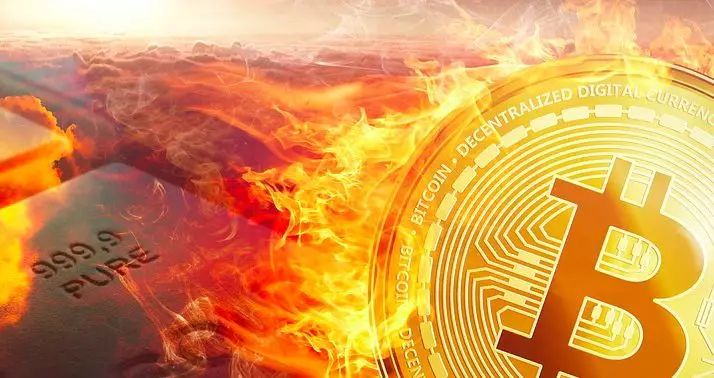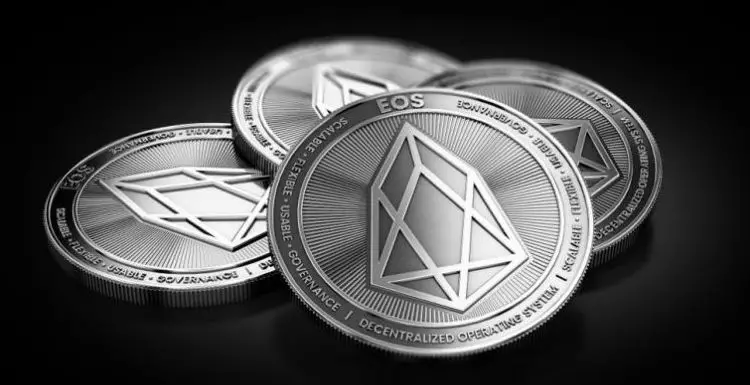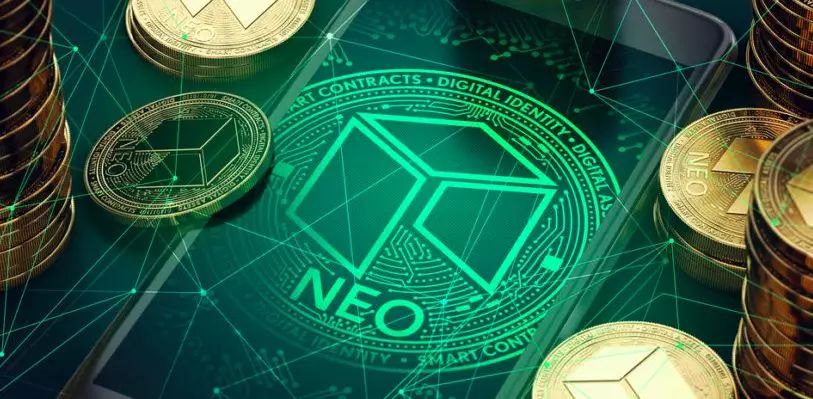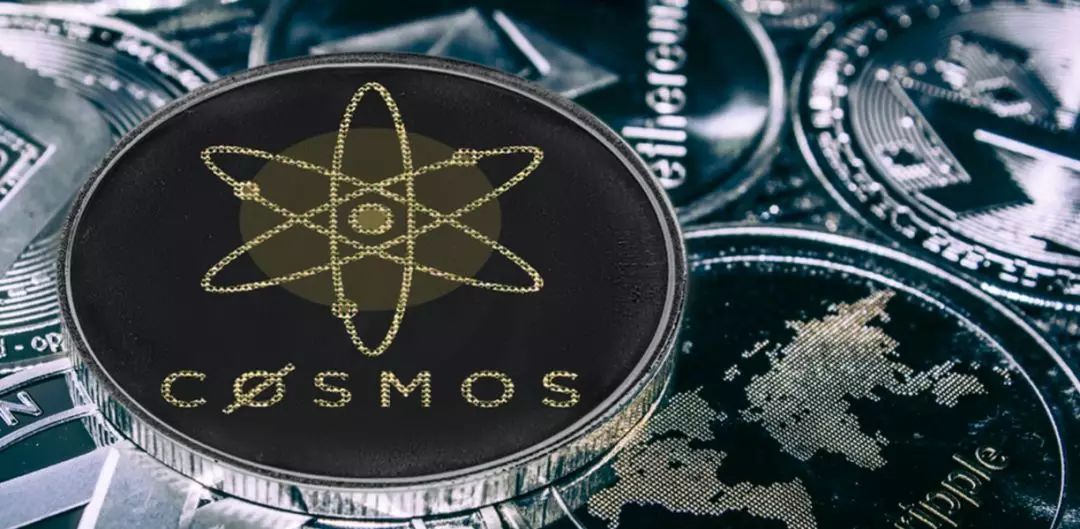Bitcoin skyrocketed by more than 40% overnight, and the market value of the six categories of public chains accounted for more than 80%. Where did the core value come from?
Original: Five fireball masters
After the news broadcast last night and most mainstream media reports today, the word "blockchain" began to be screened, and the search volume of various platforms skyrocketed. The price of encrypted assets led by bitcoin also rose by 40% overnight. the above.
However, in the eyes of many investors, the technology of blockchain projects is by no means the only important. Even many times, even the most important ones are not. Otherwise, Bitcoin and Ethereum are not the bosses or the seconds. It is.
The early and late appearance time, network scale effect, propaganda means, group consensus, etc., all affect a blockchain project, especially the development of the public chain. One of the most important things is that the most important factor besides technology, or the factor that goes hand in hand, is the economic model.
- Why is the Zhejiang University a part of the collective learning of the Political Bureau of the CPC Central Committee?
- Interpretation of the trend of blockchain industry after the central collective learning about blockchain
- Viewpoint | Libra's game is not over yet!
The core of the blockchain is to trust, while trust requires economic incentives, and economic incentives require good economic models.
There are many factors in the economic model, PoW or PoS , how the initial Token is distributed, how fast is released, whether there is inflation, and if so, what is the inflation rate… and one of the most important factors is: Token Value capture model! In other words, how is the value injected into this Token, and it is more straightforward to say that this Token is useful?
Below, focusing on the public chain, let's take a look at some common value capture models on the market today.
01 No inflation transaction fee: BTC/BCH/BSV

This is also the most primitive form of the blockchain. For each transfer, you only need to pay the miner's fee as a reward for the miners' package. Although the current miner awards are still based on block rewards, after halving 2-3 times, the fee will become the core factor that dominates the development of the entire network economy. The three brothers of Bitcoin at that time will definitely be completely different from today.
Of course, the value of Bitcoin is not currently injected through this fee model, but when the block reward disappears, the fee model will play an increasingly important role and will maintain the entire Bitcoin network. Especially the most important factor in terms of safety. After all, the security of Bitcoin is not based on technology, but on the economy.
The economic model of the three brothers , though, is a transaction fee, but there will be huge differences.
1, BTC
BTC's flagship value storage and settlement network, the value injection comes from the transfer fee on the large-value chain and the handling fee incurred when the lightning network settlement layer channel is opened and closed.
This requires BTC to reach a high price, and Lightning Network overcomes technical problems and is widely popularized. At present, the former may be only a matter of time, the latter is a time plus technical problem. After all, after the booming " Lightning Network Torch Relay " at the beginning of the year, the development of the lightning network is far less useful than expected.
2, BCH
BCH is the main electronic cash, value injection from the high frequency chain transfer.
BCH is one of the most popular, because the main injection mode of its value is the liquidity of “cash”, so the Fisher price formula MV=PQ can calculate the general price of BCH. This requires: 1, there are many businesses to support BCH payment; 2, C2C has a strong transfer needs; 3, a much better payment experience than BTC.
At present, 1 is doing well, 2 is hard to say, 3 big probability.
3, BSV
The BSV focuses on the global ledger and the underlying public chain, and the value injection comes from the high frequency chain transactions generated by the DApp interaction.
BSV On the surface, the competitor is BCH, but its actual competitors are the underlying public links of ETH and EOS.
Although they are all underlying public chains, the underlying logic of the entire chain, or the "operating paradigm", is completely different. Smart contract platforms such as ETH and EOS use the chain as a computer, or, more specifically, the CPU; BSV uses the chain as an operating system and database, and all interactions are generated and completed by transactions. And the data and scripts are on the chain, and the operations are under the chain, which is the biggest difference from the ETH contract platform.
This requires BSV: 1, has a rich developer ecology and a large number of DApp; 2, to prove that this chain computing model in terms of security and scalability, equivalent to even better than the smart contract platform such as Ethereum.
At present, 1 progress is good, the number of DApps on the chain and transactions are growing steadily, and 2 needs time to prove.
02 Inflation fee: ETH

Ethereum's handling fee, Gas, is almost the same as the Bitcoin fee, except that Bitcoin is the fee for the transfer, and Gas is the fuel for the smart contract, just like the fuel needed to run on the road.
Gas consumption has two parameters, Gas Price and Gas Limit, which is also different from the handling fee. When the Ethereum virtual machine processes the transaction, the virtual machine processes one by one according to the one of the operation instructions determined in the transaction, and each operation instruction has a prescribed consumption of Gas. In the event of a malicious or problematic smart contract, Gas Limit will also prevent the contract from continuing.
Therefore, the Ethereum's Gas model is more complicated than the BTC fee model. Some people have calculated the price-earnings ratio of Ethereum based on Fisher's formula and the consumption of Gas in Ethereum over the past period to estimate whether the Ether is overvalued or undervalued.
However, the current injection model of Ethereum has two problems:
1. ETH is only used as a transaction fee and a Gas fee for contract execution. It has no other use, which makes the stability of ETH price a big hidden danger.
2, completely do not pay attention to the data layer, only charge for computing, but free for storage, there is no scalability at the data level itself. This is why V God recently planned to let BCH or ETC act as the Ethereum data layer before studying ETH 2.0 .
After Ethereum upgraded to 2.0 transition PoS, inflation and a certain degree of additional issuance will be introduced, which is one of the main reasons why ETH is criticized for its lack of value storage in the future.
03 resource occupancy type: EOS

BM does not recognize ETH's Gas model. It believes that since the blockchain is regarded as a "world computer", the CPU, memory, bandwidth, etc. of this computer are scarce resources, and people should pay for it instead of transferring money. Therefore, EOS transfers are free.
The value capture model of EOS is the percentage of EOS full network resources (CPU, memory, bandwidth) owned by the EOS . Therefore, if you want to run an application on EOS, you have to hold and mortgage the corresponding proportion of EOS according to the number and size of users.
At the beginning of EOS startup, users were amazed at the "seconds" and "free" of the transfer, but it didn't last long. It was not easy and cheap to create an account on the chain. For developers, this resource-occupied model has led to too high development costs and has shut out a number of “grassroots developers”, especially as EOS prices have risen.
Later, the speculative reselling market of CPU and memory was introduced, which made the resources such as CPU and memory not only available, but also could be bought and sold, which solved the congestion problem caused by resource shortage to some extent. This year, EOS launched the system-level resource trading platform REX, which enabled EOS resources to be relatively completely resolved.
04 double Token: NEO, ONT, Theta

Some projects have sent two tokens, one as the base token and one as the fuel token, each with a different value capture model. The representative projects are NEO, ONT, Theta, and the following is a decentralized video application public link Theta.
The native Token is Theta, which represents the equity certificate and is a necessary condition for maintaining the system's operation. It can be mortgaged and participate in network governance like all PoS public chain Tokens. At the same time, the fuel token can also be obtained through the running node, named Tfuel.
Fuel Token is similar to Ethereum's Gas. Any chain of video sharing, deployment or calling smart contracts will require Tfuel, and a certain percentage of the annual bonus will be used for reward nodes.
The dual Token model solves the potential security risks associated with a single Token like EOS. As mentioned above, during the start of DApp, EOS often has tight resources and congestion, and the cost of using smart contracts is greatly increased, resulting in users often having to increase resource collateral. When the resource mortgage is too low, the blockchain tends to enter an unsafe state.
In the dual Token mode, Theta acts as a governance token, never added, and the holder can eat the growth bonus of the system ecology. Tfuel, as a system resource token, can be consumed and generated.
Therefore, from this perspective, the different value capture models corresponding to the dual Tokens, the dividend-sharing cooperation seems to be more reasonable.
05 Cross-chain projects: Polkadot, Cosmos

This year's two popular projects, Polkadot and Cosmos, have a very good understanding of the value of the Token model: both are passing information between other public chains and charging users a fee.
However, differences have emerged. Polkadot's DOT also provides a consensus layer for its sidechains or parallel chains for a fee. This value capture is very straightforward and developers don't have to worry about security issues. Cosmos's ATOM is only responsible for the security of the main chain Hub, and has no direct effect on the security of other Hubs.
Cosmos' Token value capture model has been criticized by many people. Because many of the chains developed using CosmosSDK, such as the currency chain, the value contribution to ATOM is almost zero from the bright surface.
However, the Cosmos project does not think so. They want to make the cake bigger. When more and more developers use CosmosSDK to develop and build the developer ecosystem of Cosmos, then when the ecology is big enough, the first Hub of Cosmos, ATOM. The Central Hub Hub, which is responsible for it, is sure to get a large part of the value.
From this perspective, it also makes sense logically.
06 platform Token: HT, OKB, BNB

Platform currency is the most "no blockchain" Token, but it is also the eTo the easiest to understand, the most real value capture. After all, the trading platform has hundreds of millions of dollars and billions of revenues per year. Unlike most blockchain projects, only one cake is drawn.
Deductible handling fees, destruction, repurchase, dividends, 1E0, voting on the line, upgrade to the public chain… There are too many tricks for platform coins to play, and the value capture model can be added at any time.
However, if there is only platform currency, then the blockchain will lose its meaning. After all, we are still looking forward to the fact that some projects can really enter thousands of households on a certain day, drawing a strong stroke for this era and capturing the value they have created.
Message Mining No. 358: Which value capture model are you most optimistic about? Why ? Welcome to the message area to share and share.
——End——
『Declaration : This article is the author's independent point of view, does not represent the vernacular blockchain position, and does not constitute any investment advice or advice. You are not allowed to reprint this article by any third party without the authorization of the "Baihua Blockchain" sourced from this article. 』
We will continue to update Blocking; if you have any questions or suggestions, please contact us!
Was this article helpful?
93 out of 132 found this helpful
Related articles
- Babbitt column | blockchain, naturally has To B gene
- Market Analysis: After breaking through the 10,000 high, can the BTC market continue to make a miracle?
- Experts: China's blockchain industry has broad prospects for development
- How to build a successful blockchain project community?
- Calm thinking after heavy weights: the three major trends in the future of the blockchain industry
- Ping An, Ali, Tencent, Baidu, Jingdong blockchain competition! Ping An Group and Jingdong have the most products for record!
- Learn about Telegram's TON network and GRAM tokens






